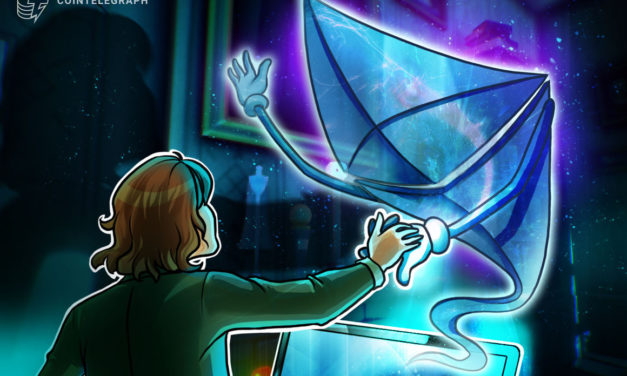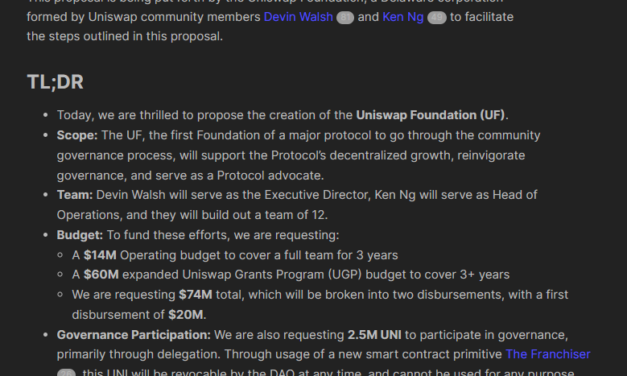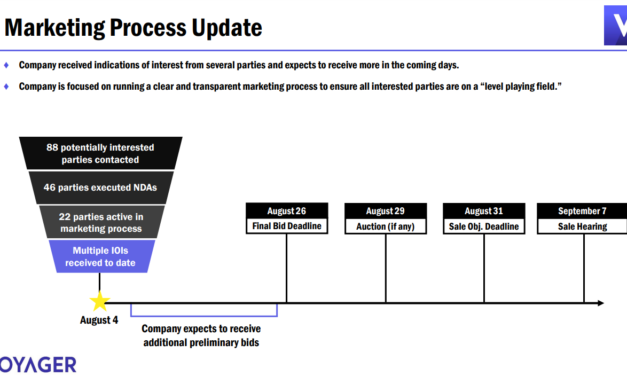ASIC chair troubled by sheer amount of ‘risk-taking’ crypto investors
The chief of Australia’s financial services regulator Joe Longo has raised the alarm over the sheer amount of people that invested in “unregulated, volatile” crypto assets during the pandemic. Longo, chairman of the Australian Securities and Investments Commission (ASIC) made the comments in an Aug. 11 media release for its research conducted in November 2021, which looked into investment behavior following the onset of t COVID-19 pandemic, stating: “We are concerned about the number of people surveyed who reported investing in unregulated, volatile crypto-asset products”The survey found that crypto was the second most common investment product, with 44% of those surveyed reporting holding it. Of those investors, 25% indicated that crypto assets were the only investment class they were involved in. Longo said the research highlights “the appeal of crypto-assets to the market,” but that investors may not know what risks they are taking on.“According to the survey, only 20% of cryptocurrency owners considered their investment approach to be ‘risk-taking’, raising concerns that investors did not understand the risks of this asset class.”He added that considering there are “limited protections” for investors, the lack of understanding among retail investors makes “a strong case for regulating crypto-assets to better protect investors.”Opposition party Senator Andrew Bragg agreed with Longo that there is a need for more regulation and for lawmakers to act swiftly to protect investors. He told Cointelegraph:“The Chair is right to identify this as an issue […] As the Senate Inquiry’s Chair I recommended sweeping reforms to regulate crypto. The government should do some work and do it quickly.”Australian digital assets lawyer Joni Pirovich however told Cointelegraph that there’s been confusion about whether ASIC is properly equipped to oversee token issuers and their tokens. She said:“It is not that tokens are unregulated, rather that there is a grey area about whether the token issuers are effectively regulated and supervised by regulators such as ASIC.”Pirovich, who is the principal at Blockchain & Digital Assets – Services + Law, noted that in Australia, token issuance and trading creates an interesting conundrum for policymakers because once tokens are issued and then traded on the open market, it becomes a matter for crypto exchanges:“There is room for token exchanges to mature and develop best practice standards to better inform their customers too and policy reform should not stifle this.”The ASIC chair remarks come while crypto trading is still not yet fully regulated in Australia, causing some industry groups to bump heads with representatives at ASIC earlier this year. Related: The Reserve Bank of Australia to explore use cases for CBDCThe Australian Securities and Investments Commission (ASIC) oversees financial activity in Australia and has assumed regulatory oversight over cryptocurrency investments in the country.The ASIC survey gathered its data from 1,053 Australian adults at least 18 years old who traded securities, derivatives, or crypto between March 2020 and Nov. 2021.
Čítaj viac






